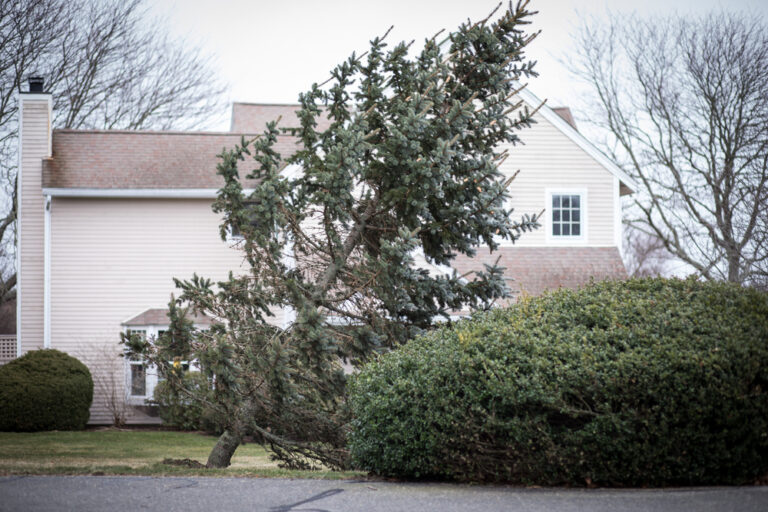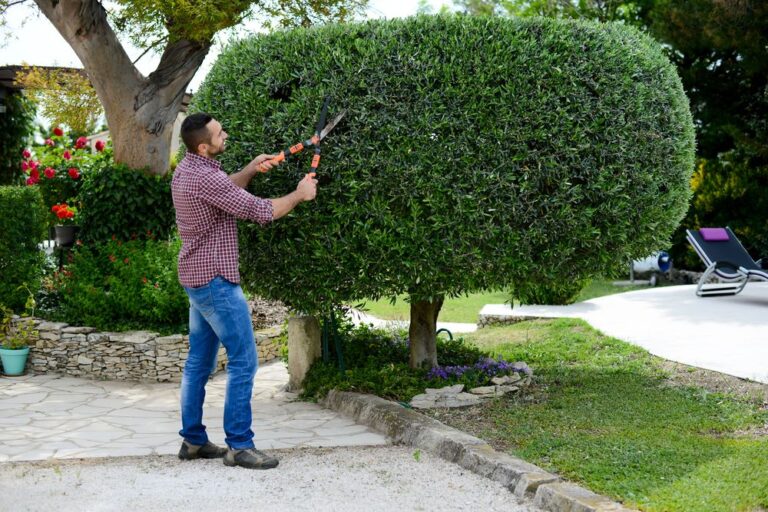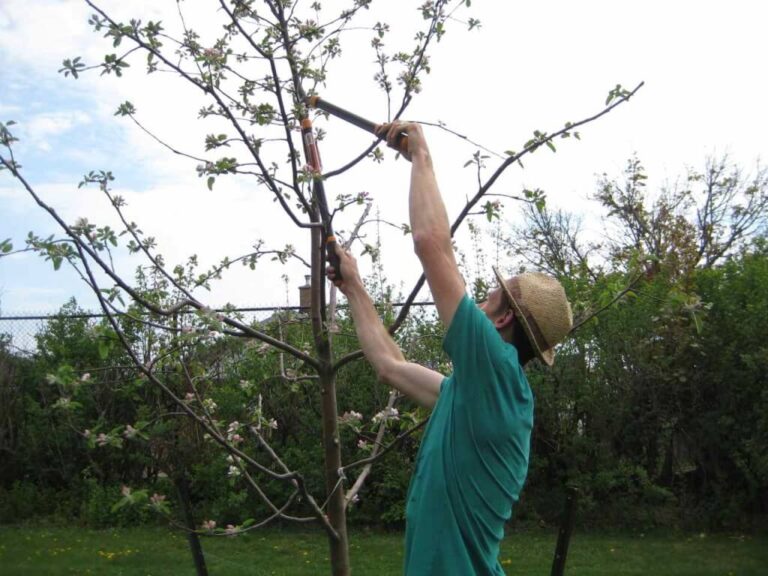Have you ever questioned, “Should I trim it myself or hire a professional tree trimming?” while staring at the overgrown tree in your yard. Tree pruning is crucial for the health and safety of your trees, property, and family, not only for how nice your yard looks. Still, the key concern is which choice would be more reasonably priced.
This article will weigh the expenses, advantages, and hazards of doing your own tree cutting against consulting a professional arborist. You will at last know exactly which method suits your situation. This thorough guide will offer insightful analysis whether your goals are financial savings, tree health maintenance, or avoidance of possible hazards.
Tree Trimming
While deciding to cut your trees personally might be fulfilling, there are certain difficulties involved. From tool purchases to guaranteeing safety, the procedure calls for meticulous thought.
Costs of DIY Tree Trimming
The first expenses of do-it-yourself tree cutting consist in tool and equipment purchases. Here is a summary of possible needs:
- Hand saws: Perfect for tiny branches, these simple tools run between $20 and $50.
- Loppers: Perfect for larger branches, loppers run from $30 to $70.
- Pole saws: Essential for accessing higher branches, these may run from $50 to $200.
- Ladders: Especially for bigger trees, a strong ladder—which runs between $100 and $300—is very essential.
- Safety gear: Safety calls for protective gloves, goggles, and helmets, which run $50 to $150.
These taken together constitute an initial outlay ranging from $250 to $800. Minor regular expenses also come from continuous maintenance including tool sharpening and equipment replacement for wear-out. Though these expenses seem reasonable, over time they can mount up.
Time Commitment
Tree pruning done at-home is not a quick chore. Preparation, execution, and cleanup need for considerable time. To prevent harming the tree, first you should investigate appropriate methods of tree cutting. Preventing mishaps equally depends on knowledge of safety measures. Once ready, the real trimming—dependent on the size and complexity of the tree—can take many hours. At last, disposal of the cut branches takes time as well.
Risks of DIY Tree Trimming
- Injury Risk: Fall, cut, or muscular strain chances are great without appropriate training. Especially risky is climbing ladders while carrying sharp instruments.
- Tree Damage: Bad cutting methods could damage the tree, increasing its susceptibility to pests and disease. Cutting at the improper angle or overtrimming could cause long-term problems.
- Property Damage: A misjudged cut can send a heavy branch crashing into your roof, car, or fence, leading to costly repairs.
- Legal Issues: Cutting trees close to common property or electrical lines could call for licenses or professional supervision. Ignoring rules runs the risk of sanctions.
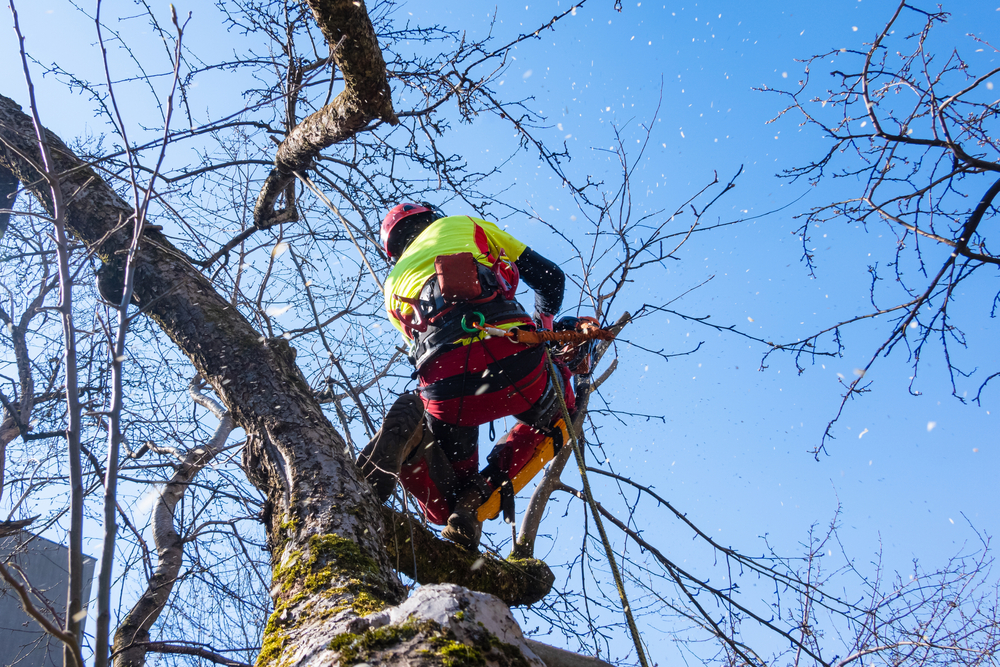
Professional Tree Trimming
One safer and usually more efficient substitute for do-it-yourself tree cutting is hiring a professional arborist. Even while it could seem costly, in many circumstances the advantages greatly exceed the expenses.
Costs of Professional Tree Trimming
Tree size, location, and intricacy all affect the professional tree cutting expenses. Generally speaking, you should budget between $200 and $800 per tree. The factors influencing the pricing are broken out here:
- Tree Size: Larger trees cost more time and equipment since they call for more of both.
- Location: Near homes, electrical lines, or other buildings, trees call for extra safety considerations.
- Complexity: Complicated branching or sick trees call for specific treatment, which might be costly.
Extra services, including emergency pruning following a storm or stump grinding, cost extra. Stump grinding, for example, can run from $100 to $400 based on the stump’s size.
Benefits of Professional Tree Trimming
- Safety: Professionals are taught to manage risk. Near power wires, rooftops, or other buildings, they carefully remove branches using specialist tools.
- Expertise: Arborists are aware of correct pruning methods meant to encourage good development. They can spot indicators of pests or diseases and respond to save the tree depending on what they find.
- Insurance and Peace of Mind: Reputable businesses make sure you’re not accountable for unanticipated problems by carrying insurance to cover any mishaps or damages.
- Efficiency: Professionals save time and effort by completing the work fast and completely with their experience and tools.
Comparing Costs: DIY vs. Professional
To make an informed decision, let’s compare the costs and risks of both options:
| Factor | DIY Costs | Professional Costs |
|---|---|---|
| Initial investment | $250-$800 | $200-$800 per tree |
| Ongoing maintenance | Minor tool upkeep | None (covered by service) |
| Risk of injury/damage | High (medical/property) | Low (covered by insurance) |
| Time commitment | High (research + labor) | Minimal |
Long-Term Costs
Unintentionally long-term costs can result from do-it-yourself cutting. Inaccurate methods could harm the tree and call for expensive removal or treatment down road. Conversely, expert arborists improve tree condition, therefore lowering dangers and raising property value. By up to 15%, well-kept, healthy trees can increase curb appeal and maybe raise the value of your house.
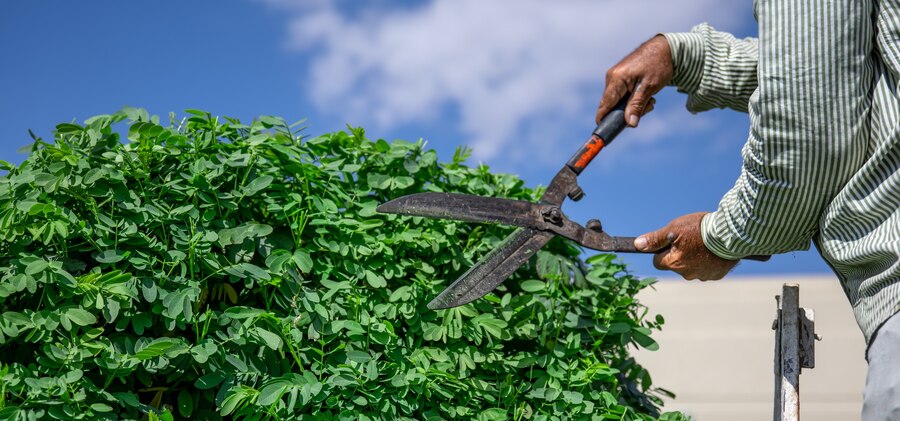
When to Choose DIY
Under some conditions, do-it-yourself tree trimming is a sensible option. Trimming your small, healthy, easily reachable trees yourself will save money. For instance, cutting little dead branches or pruning a young sapling calls neither great instruments nor knowledge. Moreover, if you already have the required tools and skills, do-it-yourself projects can be reasonably priced.
When to Hire a Professional
Most homeowners would find it safer and more effective to hire an expert. It especially becomes crucial in the following contexts:
- Large or Complex Trees: Tall trees with lots of branching call for certain tools and techniques to trim safely.
- Safety Concerns: Near buildings, electricity wires, or other hazards, trees create serious dangers. Professionals have the knowledge to meet these demands.
- Diseased or Damaged Trees: Arborists can identify and address problems that an inexperienced eye would not see. Good maintenance helps the tree survive and stops additional issues.
Maintaining the health, safety, and beauty of your trees depends on tree trimming; nevertheless, your particular circumstances will determine whether you choose expert or do-it-yourself services. Although do-it-yourself projects save money up front, they carry more risk and demand a large time commitment. Conversely, experienced pruning provides long-term value, knowledge, and safety.
Generally speaking, paying a professional arborist is the most economical decision over time. They not only guarantee thorough and safe completion of the work but also help to preserve the health of your trees and the value of your property.
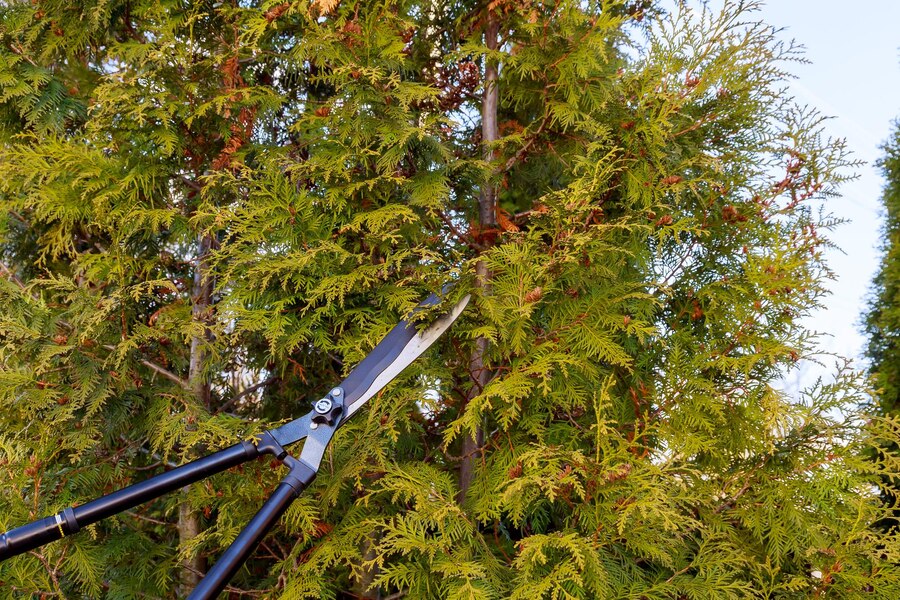
FAQs
- How often should I trim my trees? While species and growth rate affect it, most trees gain from trimming every three to five years.
- Can I trim a tree near power lines myself? No, always seek a professional for trees close to power lines to prevent major hazards.
- What are the signs of a diseased tree? Look on the trunk for dead branches, discoloured foliage, or fungus growth.
- Does tree trimming increase property value? Indeed, well cared for and healthy trees improve curb appeal and can increase property value by up to 15%.
Tree Trimming Richmond
(804) 533-3943
https://treetrimmingrichmond.com/

